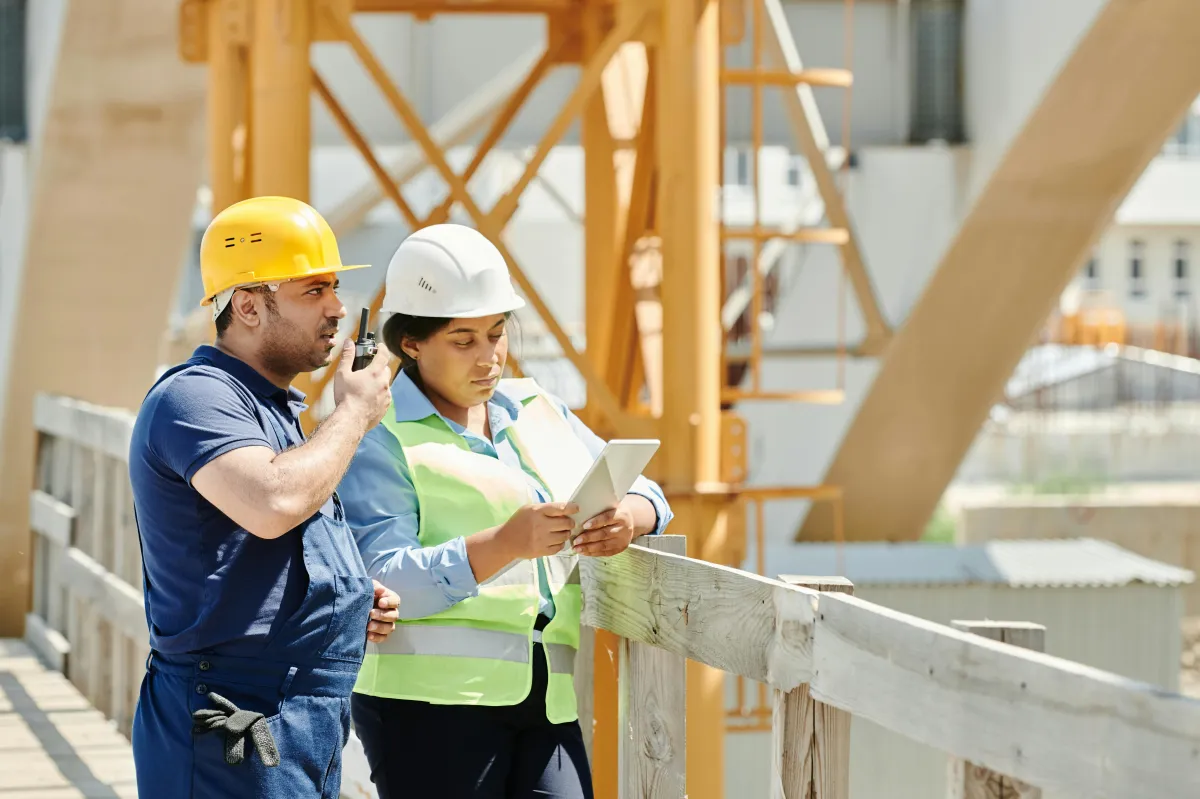
The VAT Reverse Charge
The VAT Reverse Charge – Still Causing Confusion? You’re Not Alone
Let’s be honest – if you’re still scratching your head over the VAT reverse charge, you're in good company. Since it came in for construction services back in 2021, it’s caused more confusion than a spirit level in a sandpit.
So let’s clear it up – in plain English – so you can stop worrying and get back to the job.
What Is the VAT Reverse Charge?
Here’s how it works: if you’re a VAT-registered subcontractor working for a VAT-registered contractor and the job falls under CIS, then you no longer add VAT to your invoice.
Instead, you don’t charge VAT – the contractor pays the VAT directly to HMRC on your behalf. Sounds simple, right? Except when it’s not.
Who Does It Affect?
If you’re a subcontractor, it means:
You don’t charge VAT on most invoices to contractors.
You must state on the invoice that the reverse charge applies.
You still need to account for the sale on your VAT return.
If you’re a contractor, it means:
You have to account for the VAT yourself, through your own VAT return.
You can still reclaim the VAT, so in theory, it’s neutral – but it affects your cash flow.
Common Headaches We See
❌ “I charged VAT by mistake – now what?”
Don’t panic. You’ll need to issue a credit note and re-issue the invoice without VAT. But the longer you leave it, the more of a mess it becomes with your VAT returns.
❌ “I don’t know if the job counts under CIS or not.”
That’s a big one. Jobs like plumbing, bricklaying, plastering etc. normally do fall under CIS. But if you're doing a supply-and-fit job for a homeowner, or just selling materials, the reverse charge doesn’t apply.
❌ “I’m doing both labour and materials – what now?”
The reverse charge still applies. It’s all about the labour element – if there’s labour involved and it’s within CIS, you’re in reverse charge territory.
Top Tips to Stay on the Right Side of HMRC
✅ Check your client’s VAT and CIS status – don’t just assume.
✅ Make sure your invoices are clear – you MUST say “Reverse charge – customer to account for VAT to HMRC”.
✅ Use accounting software that knows how to handle reverse charge (Xero, QuickBooks etc. all do).
✅ Get advice if you’re unsure – better to ask than to explain yourself during an HMRC enquiry.
Final Thought
This rule was brought in to stop VAT fraud in the construction industry – but let’s face it, it’s caused honest trades more headaches than the cowboys ever had.
If you’re still unsure whether reverse charge applies to you – or you’ve been doing it wrong – give us a shout. We’ll help you sort it without judgement and without jargon.
After all, you wouldn’t let your client DIY their electrics, would you?